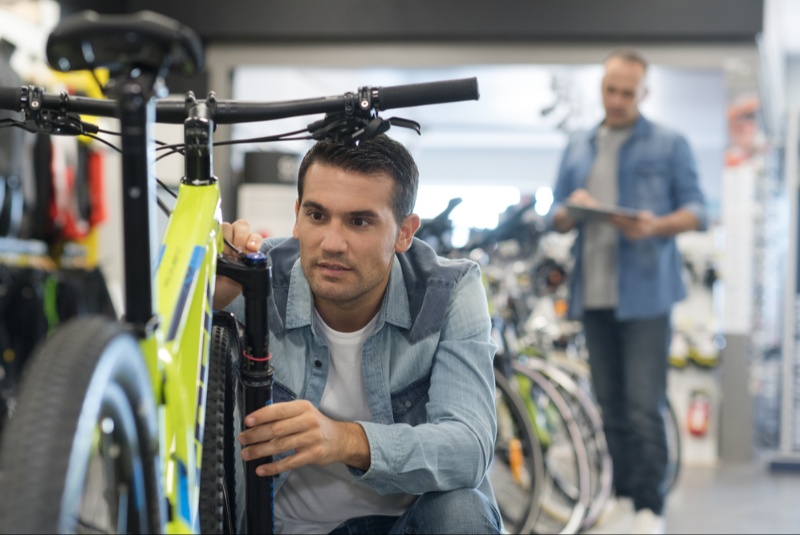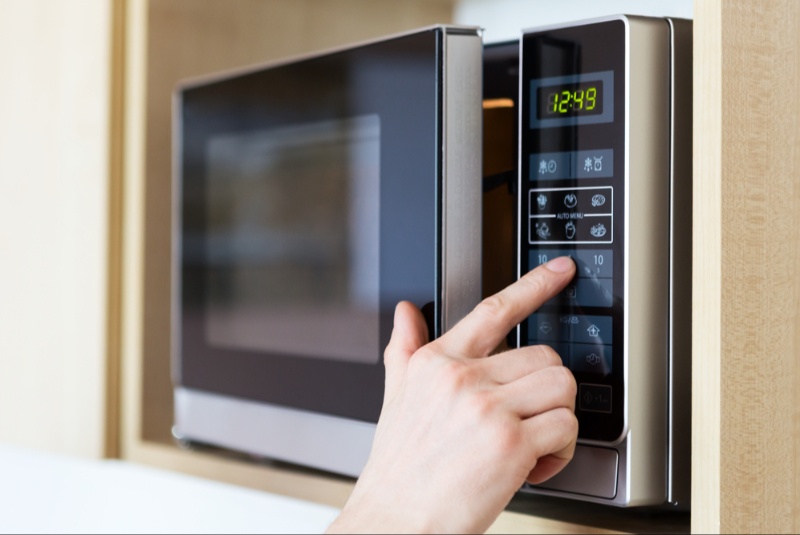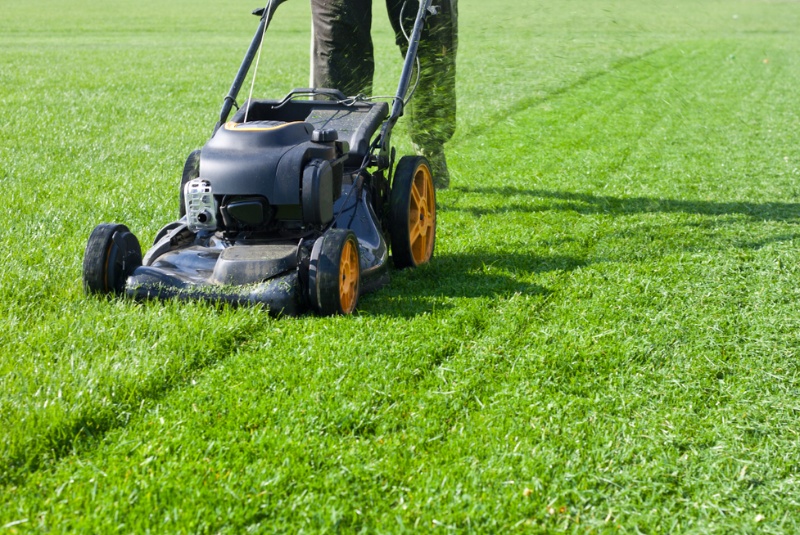Buying a new bicycle is an exciting endeavor, whether it is your first time delving into the cycling world or you are an experienced rider looking to upgrade or add to your collection. However, the diverse range of bicycle types, sizes, and price points can easily turn your shopping experience from exhilarating to overwhelming. Here we have consolidated the essential tips that will guide you to making a smart purchase while buying a bicycle.
Understanding Your Needs
1. Identify the Purpose
The very first step is to identify why you are buying a bicycle. Are you planning to commute to work, ride trails on weekends, or perhaps take up cycling as a new fitness regimen? Different purposes will require different types of bikes.
2. Consider Your Fitness Level
Your current fitness level will significantly impact your choice of bicycle. For instance, if you are just starting, you might prefer a bike with fewer gears and a comfortable saddle.
Choosing the Right Bicycle
3. Bike Types
There are several types of bicycles to choose from, including but not limited to:
- Road Bikes: Ideal for paved roads and speed enthusiasts.
- Mountain Bikes: Perfect for off-road trails and rough terrains.
- Hybrid Bikes: A versatile choice for both city rides and moderate trails.
- Electric Bikes: Great for commuting without the sweat, equipped with a motor to assist your pedaling.
4. Size Matters
Selecting the right size is vital for a comfortable and safe riding experience. It would help if you considered both the frame size and the wheel size, which should be in sync with your height and inseam measurements.
Budget and Brand
5. Establish a Budget
Set a realistic budget before you start shopping. Keep in mind that apart from the bicycle, you will need to allocate funds for accessories such as helmets, lights, and a lock.

6. Research Brands
Different brands offer varying levels of quality and after-sales service. It is advisable to stick to well-known brands with good reviews and reputation.
Testing and Finalizing
7. Test Rides
Once you have narrowed down your choices, it’s time to take some test rides. This step is crucial to understand how comfortable you are riding the bicycle. It gives you a sense of the bike's handling, braking system, and overall feel.
8. New vs. Used
While buying a new bicycle comes with a warranty and assurance of unused parts, going for a used one can save you money. However, ensure you are well-acquainted with bicycle mechanics if you decide to buy a used one.
Accessorizing Your Bicycle
9. Essential Accessories
Invest in quality accessories that enhance your safety and convenience. Essential items include a helmet, a puncture repair kit, a water bottle holder, and lights for night riding.
10. Customize for Comfort
Personalizing your bike with comfortable saddles, grips, and pedals can significantly enhance your riding experience.
Maintenance
11. Regular Maintenance
Regular maintenance, including checking tire pressure, lubricating the chain, and ensuring the brakes are functioning well, is vital for the longevity of your bicycle.
12. Learn Basic Repairs
Learning to fix minor issues such as a flat tire can save you time and money. There are numerous online resources to guide you on basic bicycle repairs.
Buying a bicycle is not just about choosing a model that catches your eye; it involves a thoughtful process of identifying your needs, understanding the different types and features of bicycles, and finding the right fit for you. Remember to take into account the additional costs of accessories and maintenance while budgeting for your bicycle.
Make a smart purchase by researching thoroughly, testing different bicycles, and prioritizing your comfort and safety. Once you have made your choice, gear up, and get ready to pedal your way to new adventures, one smart decision at a time!




